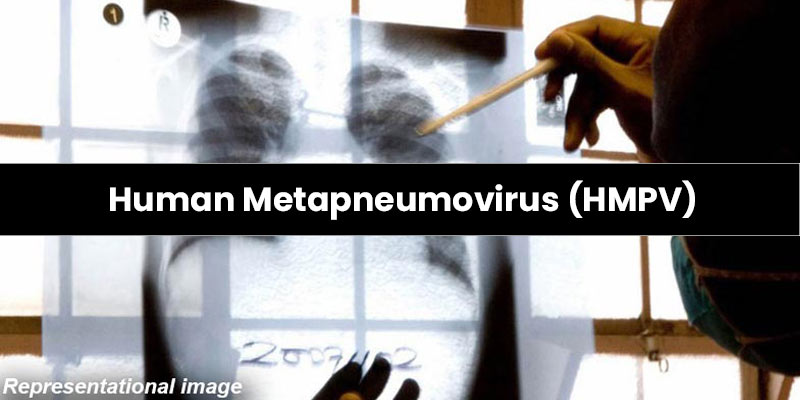- India
- Jan 06
What is Human Metapneumovirus (HMPV)?
• In the wake of recent reports of an outbreak of Human Metapneumovirus (HMPV) in China, India is keeping a close watch over the situation.
• The Indian Council of Medical Research (ICMR) has detected two cases of Human Metapneumovirus (HMPV) in Karnataka.
• Both cases were identified through routine surveillance for multiple respiratory viral pathogens, as part of ICMR’s ongoing efforts to monitor respiratory illnesses across the country.
• The Ministry of Health and Family Welfare emphasized that HMPV is already in circulation globally, including in India, and cases of respiratory illnesses associated with HMPV have been reported in various countries.
The details of the detected HMPV cases are as under:
i) A three-month-old female infant, who was diagnosed with HMPV after being admitted to a hospital in Bengaluru with a history of bronchopneumonia. She has been discharged.
ii) An eight-month-old male infant, who tested positive for HMPV on January 3 after being admitted to a hospital in Bengaluru, with a history of bronchopneumonia. The infant is now recovering.
• The ministry noted that neither of the affected patients have any history of international travel.
• The health ministry is monitoring the situation through all available surveillance channels. ICMR will continue to track trends in HMPV circulation throughout the year.
• The World Health Organisation (WHO) is already providing timely updates regarding the situation in China to further inform ongoing measures.
What is HMPV?
• Human metapneumovirus (HMPV) can cause upper and lower respiratory disease in people of all ages, especially among young children, older adults, and people with weakened immune systems.
• HMPV is not a newly discovered virus.
• Discovered in 2001, HMPV is a single-stranded RNA enveloped virus that belongs to the Pneumoviridae family and Metapneumovirus genus.
• The HMPV is similar to Respiratory Syncytial Virus (RSV) as it is part of the same genus as RSV-causing pneumovirus. While they both cause similar symptoms, the peak age of HMPV is identified to be between 6 and 12 months while the RSV is more likely to cause severe illness in infants younger than six months.
How it spreads?
HMPV is most likely spread from an infected person to others through:
• Secretions from coughing and sneezing.
• Close personal contact, such as touching or shaking hands.
• Touching objects or surfaces that have the viruses on them then touching the mouth, nose, or eyes.
Symptoms:
Symptoms commonly associated with HMPV include cough, fever, nasal congestion, and shortness of breath. Clinical symptoms of HMPV infection may progress to bronchitis or pneumonia and are similar to other viruses that cause upper and lower respiratory infections.
How to prevent the infection?
• Wash hands with soap and use sanitizers in public places.
• Avoid touching eyes, nose or mouth with unwashed hands.
• Maintain distance from infected people and be vigilant around those with respiratory infections.
• Ensure to cover your mouth while coughing or sneezing.
• Avoid sharing unwashed utensils and other materials with those infected.
• Seek medical help if any respiratory infection symptoms persist.
Manorama Yearbook app is now available on Google Play Store and iOS App Store

